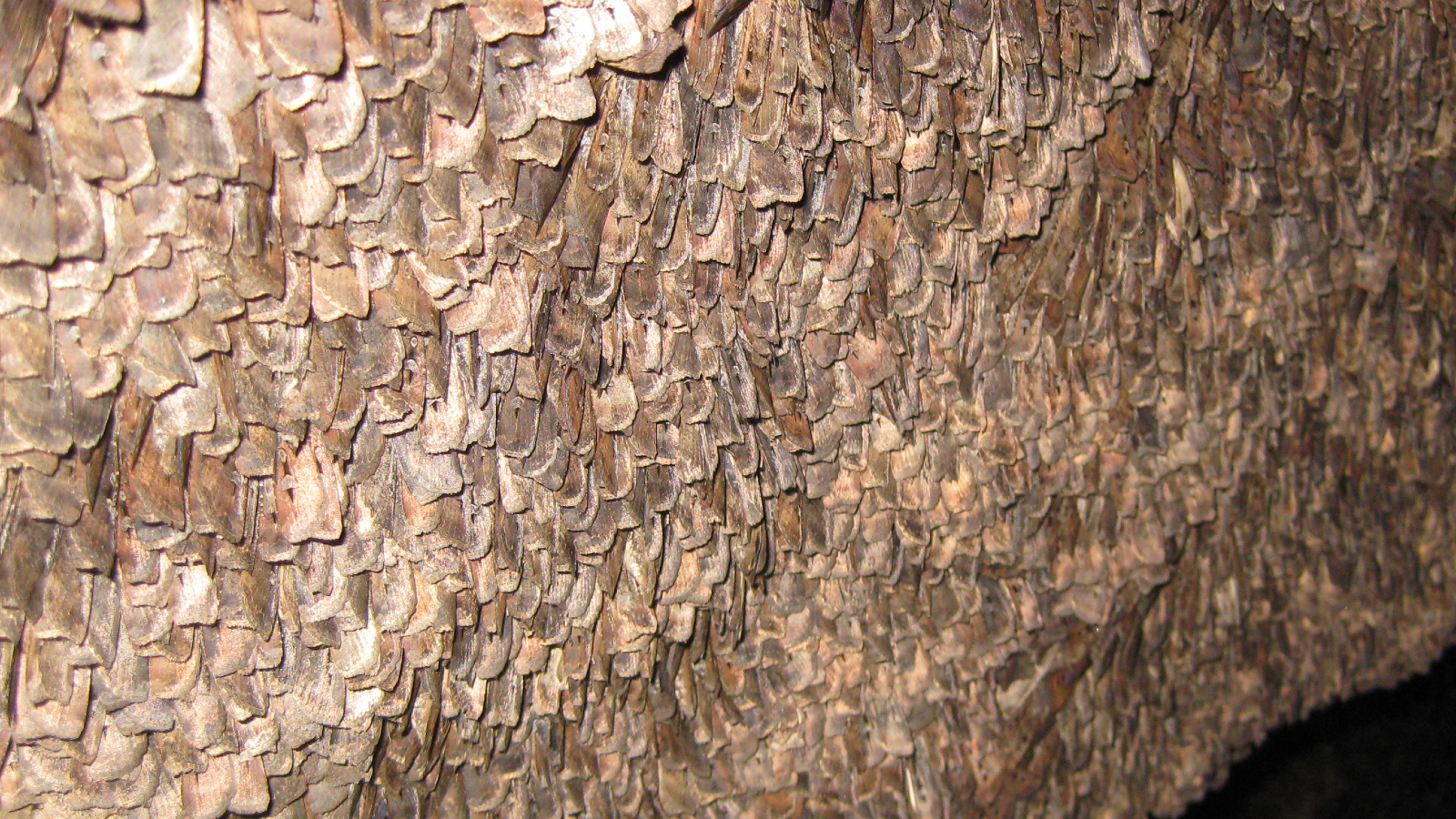Earth Day 2019: How NASA Data Helps US Deal with Disasters and Climate Change
Just in time for Earth Day: A new NASA website shows how the agency's Earth observation data helps communities across the United States deal with climate change, disasters and environmental challenges.
The initiative, called Space for U.S., lets users choose from a map to see state-by-state descriptions of programs that use NASA data; alternatively, visitors can choose to view program initiatives by topic instead. Clicking on "Oklahoma," for example, shows how NASA's Short-term Prediction Research and Transition (SPoRT) Center helped residents in and around the city Moore recover from a devastating tornado in May 2013.
"NASA's SPoRT Center analyzes the practical uses of Earth observations for meteorology, and transitions them to the weather community for real-world applications," NASA officials said on their page for Oklahoma. "For this storm, SPoRT tapped into a fleet of NASA satellites and sensors — as well as Earth-observing data from the National Oceanic and Atmospheric Administration (NOAA) and other partners — to determine the extent of the tornado's rampage."
Related: Earth Day 2019: These Amazing NASA Images Show Earth from Above
SPoRT identified issues of immediate concern, such as power outages — which show areas with heavy infrastructure damage. It also tracked lightning surges, which are a sign of intense local thunderstorm activity and can help lead to better warnings for future storms.
Other NASA Earth observation application projects listed on the website — there are 56 total — include helping pilots maneuver around Alaskan volcanic ash plumes and assisting conservationists in Hawaii with protecting delicate coral reefs from climate change.
"It's exciting and impressive how people are putting NASA data to work across the country," Lawrence Friedl, director of the applied sciences program in NASA's Earth Science Division in Washington, D.C., said in a statement.
Breaking space news, the latest updates on rocket launches, skywatching events and more!
NASA officials added that the organization "freely and openly" offers Earth observation data so that local communities can work through issues such as food security, human health or the availability of clean drinking water.
- Here's How to Share Your 'Earth Day' Photos with NASA
- Celebrate Earth Day with NASA's Terra Tools and Posters
- NASA's Best Earth-from-Space Photos by Astronauts
Follow Elizabeth Howell on Twitter @howellspace. Follow us on Twitter @Spacedotcom and on Facebook.
Join our Space Forums to keep talking space on the latest missions, night sky and more! And if you have a news tip, correction or comment, let us know at: community@space.com.

Elizabeth Howell (she/her), Ph.D., was a staff writer in the spaceflight channel between 2022 and 2024 specializing in Canadian space news. She was contributing writer for Space.com for 10 years from 2012 to 2024. Elizabeth's reporting includes multiple exclusives with the White House, leading world coverage about a lost-and-found space tomato on the International Space Station, witnessing five human spaceflight launches on two continents, flying parabolic, working inside a spacesuit, and participating in a simulated Mars mission. Her latest book, "Why Am I Taller?" (ECW Press, 2022) is co-written with astronaut Dave Williams.
